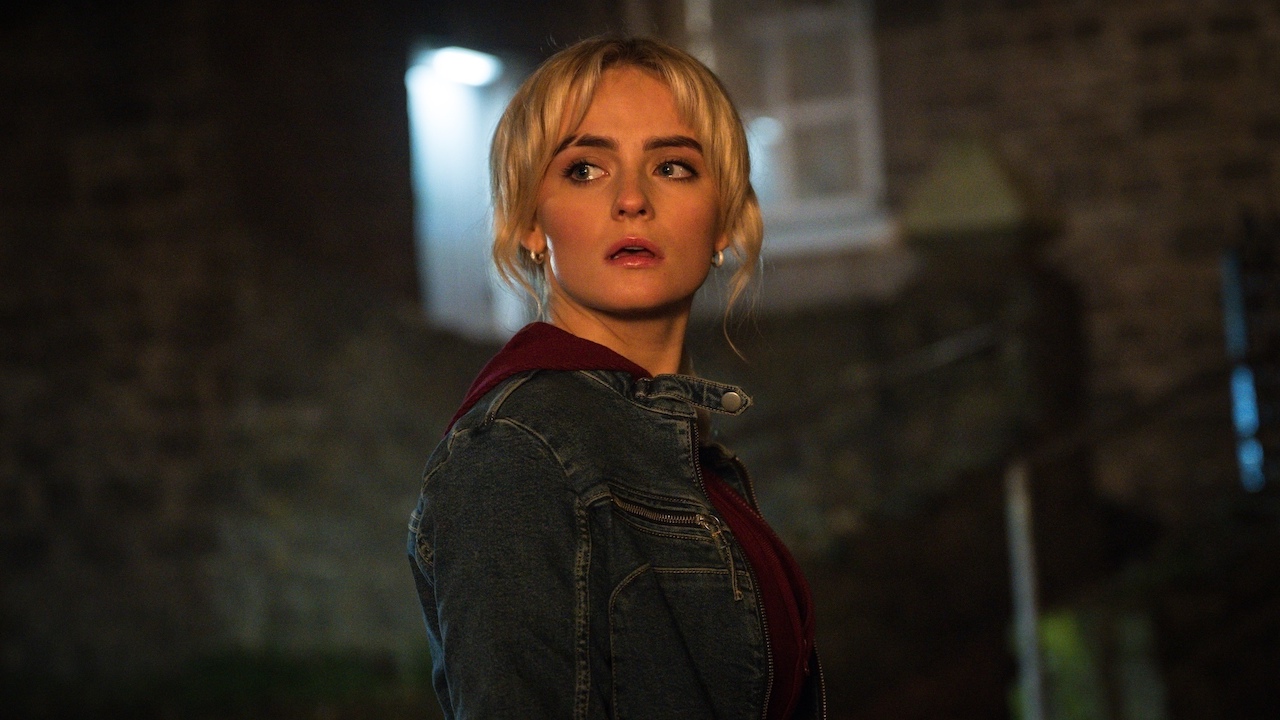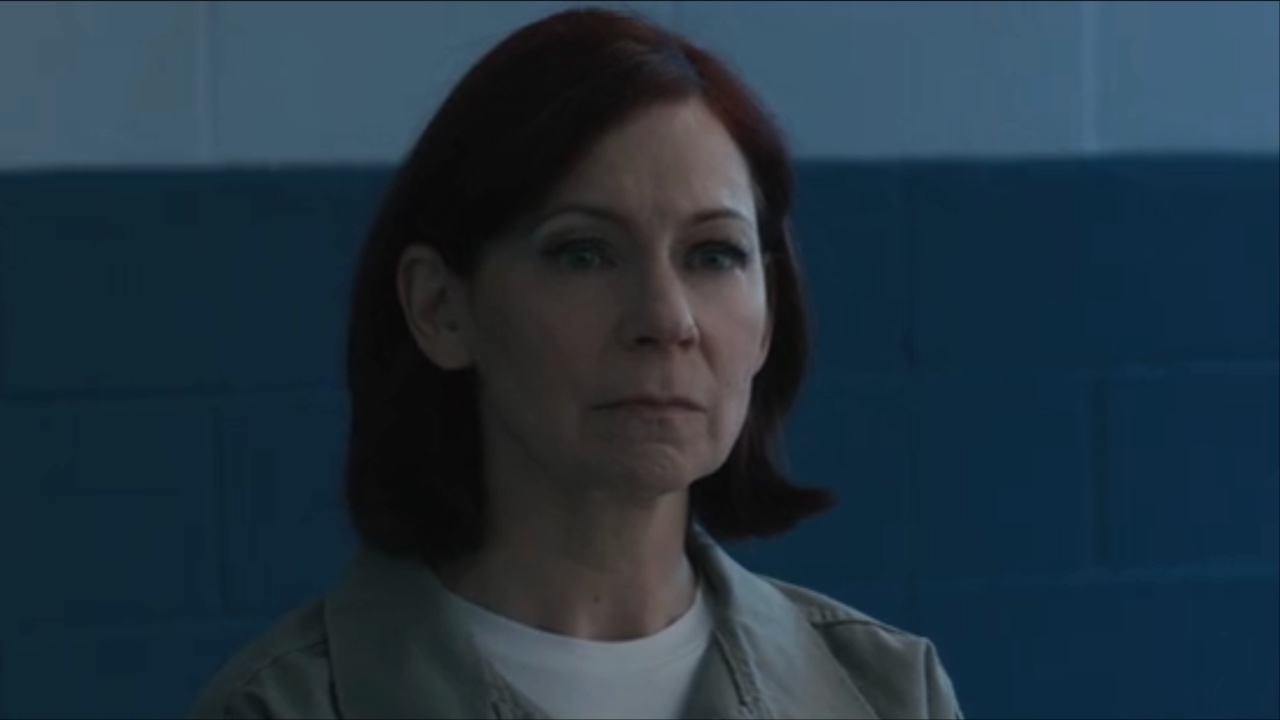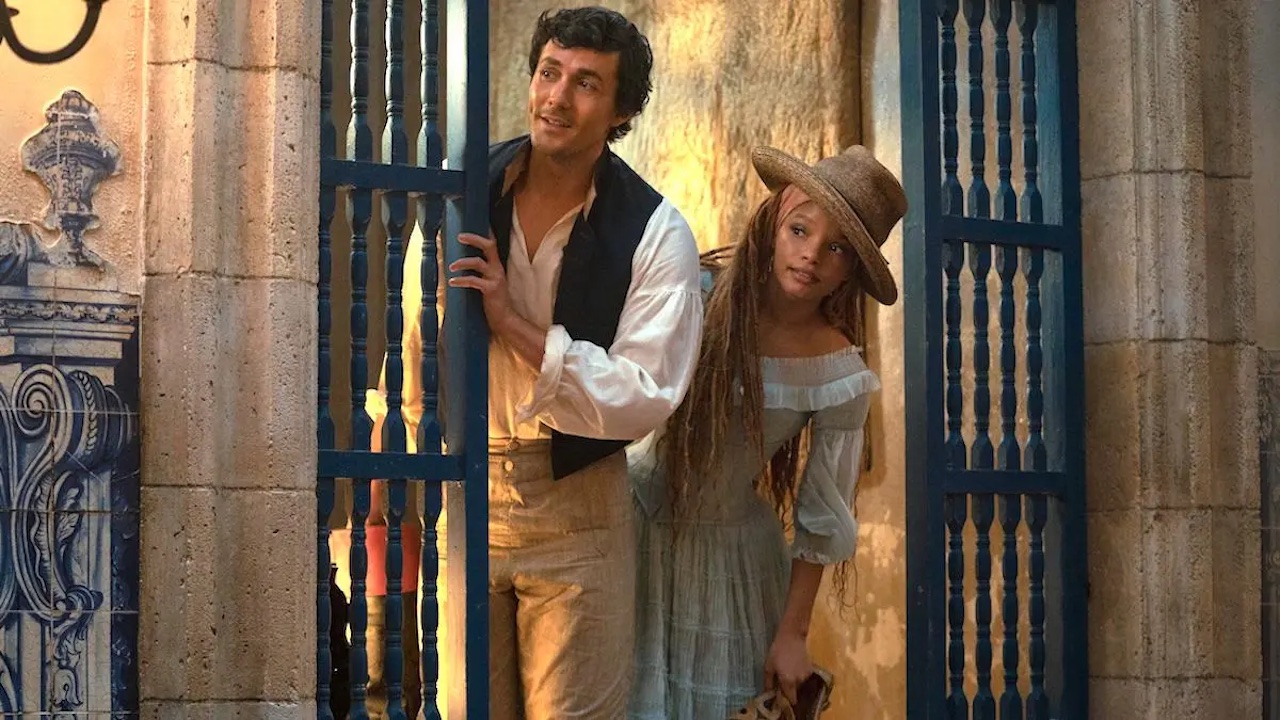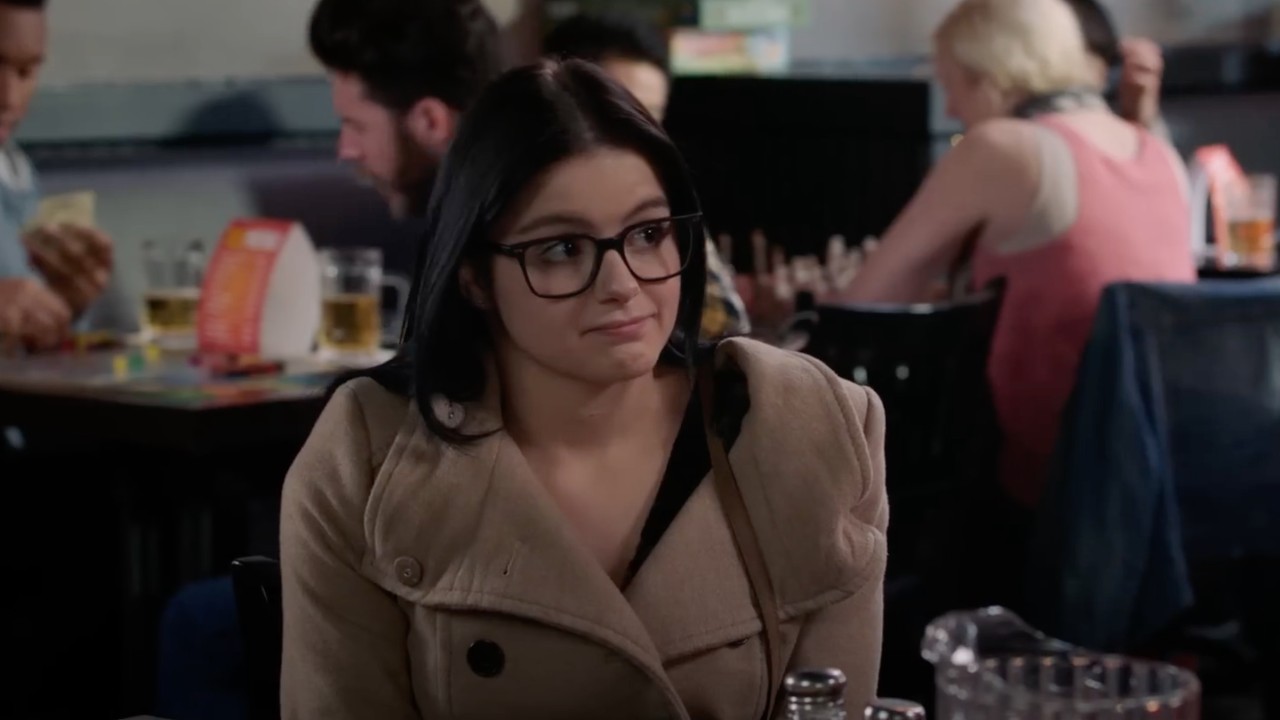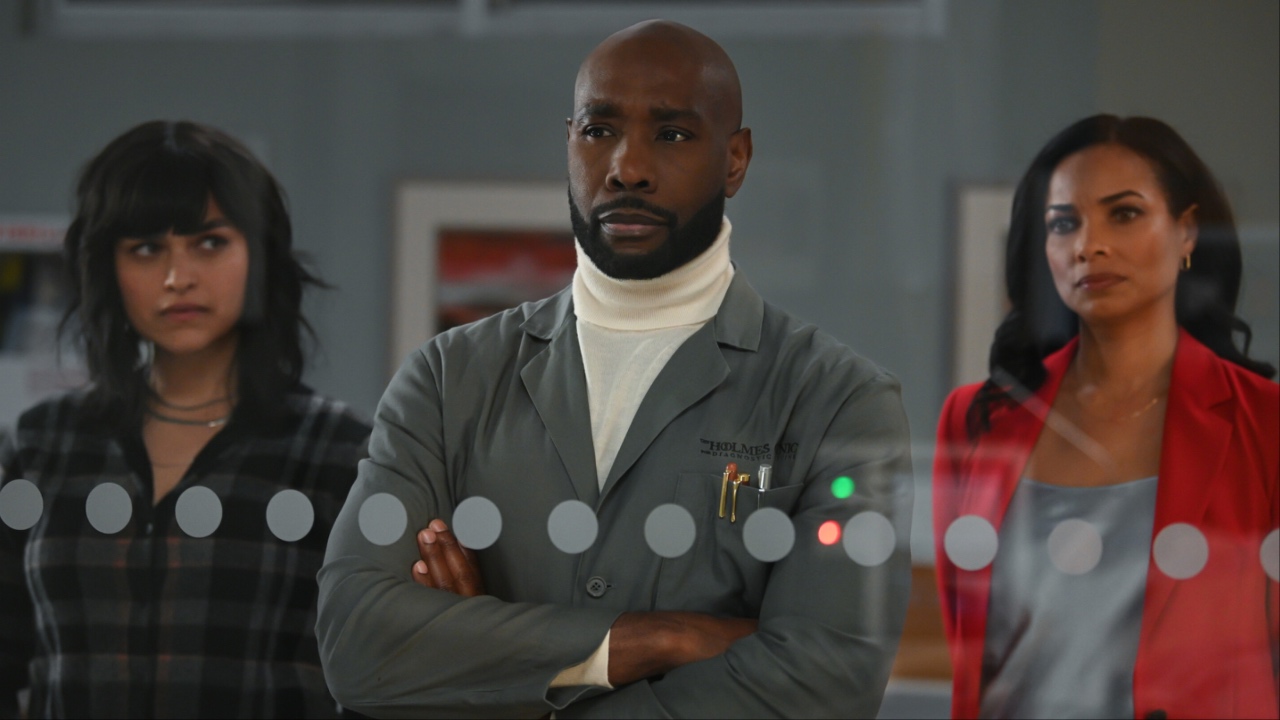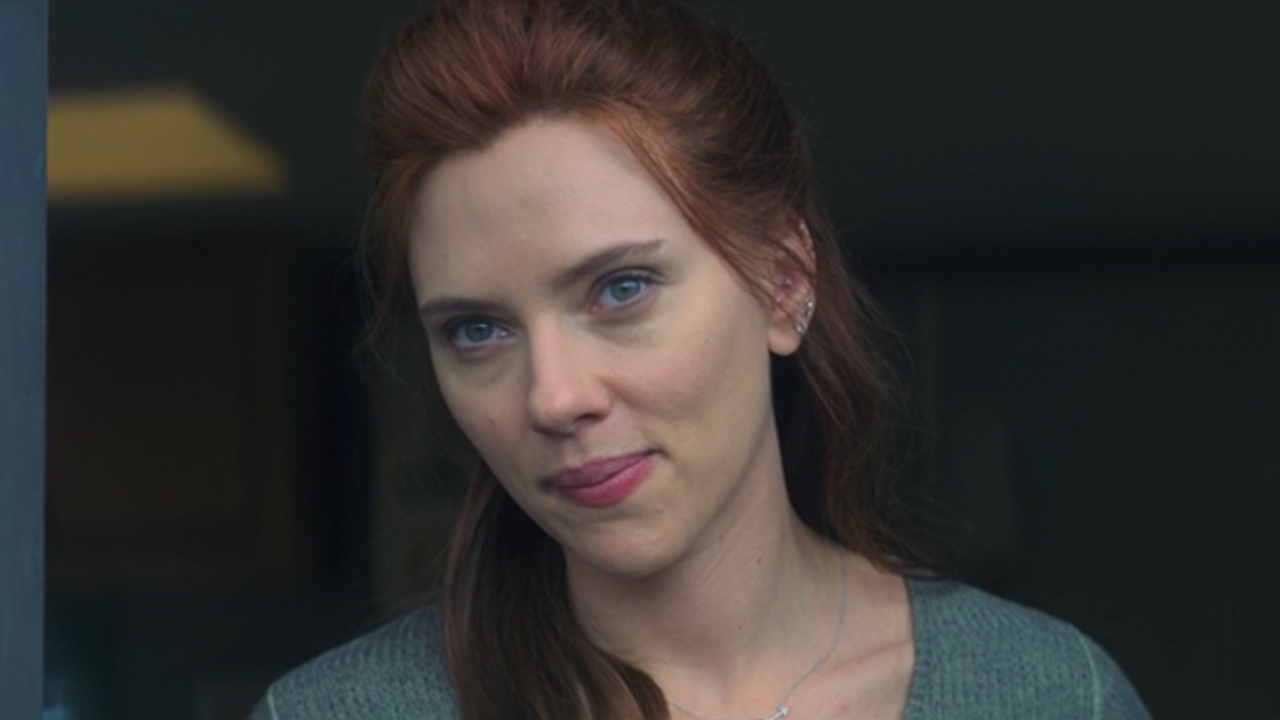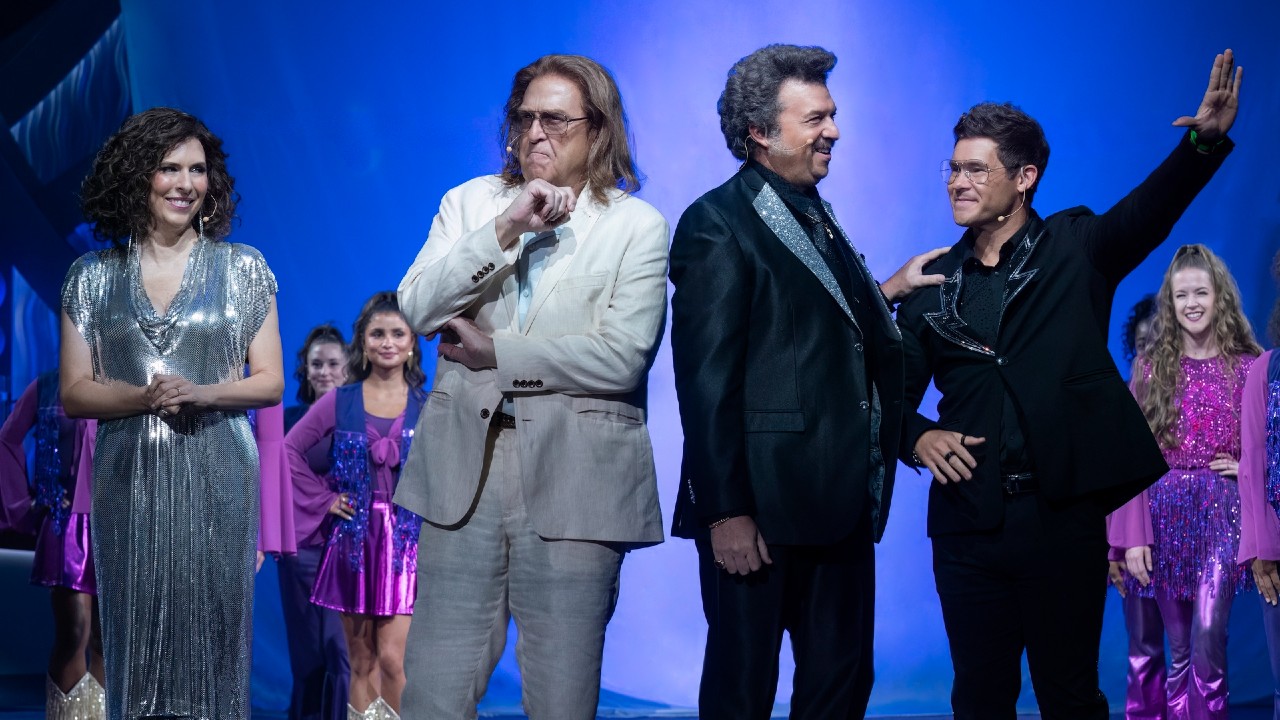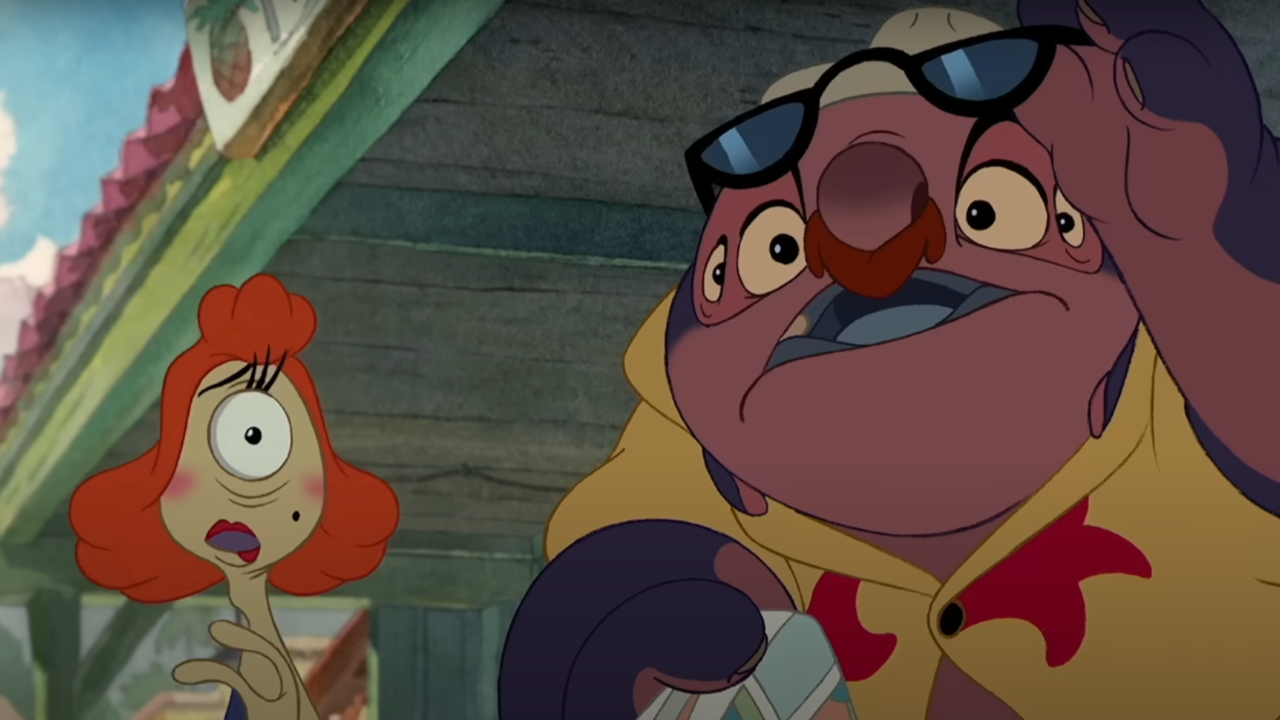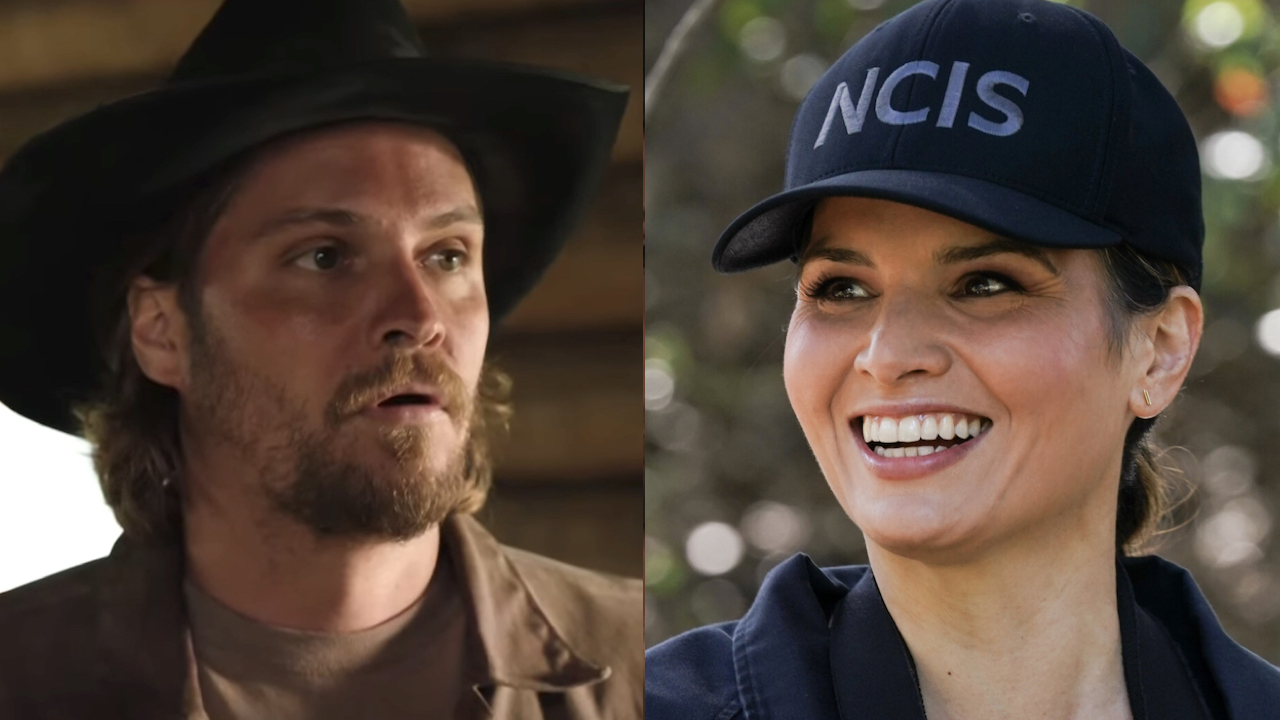HBO's Watchmen Episode 8: All The Big References To The Original Comic Book
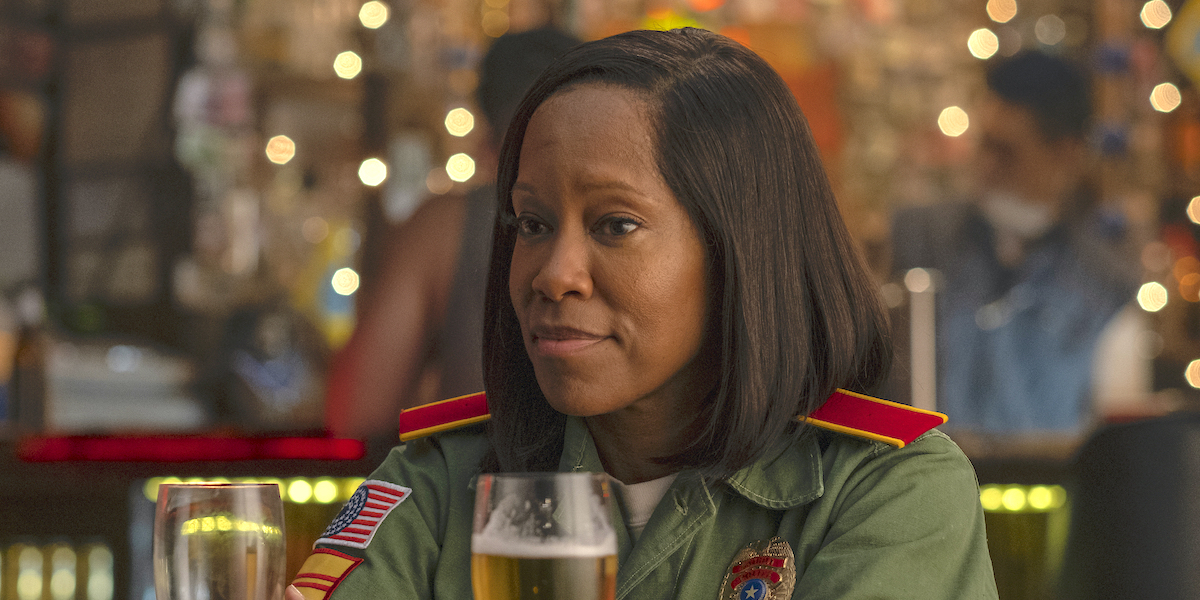
Big spoilers below for anyone who hasn’t yet watched the latest episode of HBO’s Watchmen.
With just one episode left to go in the unpredictably deep first season of HBO’s Watchmen, the endgame is seemingly near for Sister Night, the Seventh Kavalry, Doctor Manhattan and everyone else caught up in this delicately tangled web. (A Season 2 renewal would delay the overall end, despite creator Damon Lindelof crafting the season to stand alone if need be.) With the final episodes come the final round-ups of references to Alan Moore and Dave Gibbons’ seminal comic book series.
Considering Episode 8 was so fully invested in bringing 2019’s Doctor Manhattan into this TV universe, the majority of narrative beats came semi-embedded in Watchmen’s comic book history. Per usual, we’ll be pulling out specifics when necessary, and looping things together when it’s most fitting, and it’s all in mostly sequential order.
(For anyone who hasn't been keeping up with our weekly comic book reference features, check out our rundowns for Episode 1, Episode 2, Episode 3, Episode 4, Episode 5, Episode 6, Episode 7 and Episode 8.)
The Importance Of Titles
Much like the name of Watchmen’s series premiere hinted at Judd Crawford’s death, Episode 8’s title was actually a nod to a pretty giant reveal itself, although the title that was publicly released had a slight change from the actual version: “A God Walks Into Abar.” Not that it was likely a surprise to everyone who made those assumptions early on, even without the immediate context of which Abar said God was walking into.
Understandably, the title’s meaning is multi-fold. At its most basic, it refers to Doctor Manhattan literally walking into Eddy’s Bar in the opening sequence. At its most unsubtle, the title refers to Doctor Manhattan “walking” into his Cal Abar transformation. Somewhere in the middle of those, it speaks to Doctor Manhattan winning over Angela’s heart ahead of their decade-long relationship.
It’s The Doctor Manhattan “Issue”
The Watchmen comic series dedicated its fourth issue to developing Doctor Manhattan’s story though a time-jaunting, memory-filled story that spoke as much to the character’s stunted humanity as it did his physical history. As well, the ninth issue was largely focused on Manhattan and Laurie’s relationship unraveling. For the most part, “A God Walks Into Abar” extracts beats and themes from both issues in order to inform TV audiences about the super-being’s post-comic whereabouts.
CINEMABLEND NEWSLETTER
Your Daily Blend of Entertainment News
Meaningful Bar Moments For Doctor Manhattan
As viewers witnessed, the framework for “A God Walks Into Abar” was the initial time-looping conversation between Doctor Manhattan and a pre-vigilante Angela. Clearly, this interaction is/was vital to their relationship for many reasons, and it’s used by Manhattan as a touchstone in various ways.
This first meeting is a direct parallel to pre-Doctor Jon Osterman’s first conversation with Janey Slater, who was his girlfriend both before and after his superhuman transition. Jon and Janey first met at the Bestiary, the main bar at the Gila Flats testing facility, where their much referenced carnival photograph was posted until Doctor Manhattan later took it to Mars. Do note that in the comic, Janey is the one who initiates things by buying Jon a beer.
Also note that this TV meet was vastly more nuanced than the comic iteration, but that’s because Angela is more central to this story than Janey was to the comic’s.
Doctor Manhattan’s Unique Perception Of Time
A character trait that cements Doctor Manhattan in the conversation of most interesting comic book characters of all time, the blue being’s understanding of time basically means he’s experiencing his entire existence simultaneously. Thus, he’s able to offer direct answers about the future and the past that wouldn’t otherwise be known, which definitely has as many drawbacks as it has advantages.
As important as Doctor Manhattan’s time eccentricities were, the comic book never set up a fate-altering situation like Angela and Will Reeves’ time-spanning communication. That said, it’s not difficult to imagine a variety of ways that such a plot device could have factored into the source material.
Doctor Manhattan Creating Life
One of the final things that Doctor Manhattan says in the Watchmen comic book (to Adrian Veidt, fittingly) involves his potential goal to leave our galaxy for a new one, where he might create some life. Europa may not be in another galaxy, but the episode confirmed that Doctor Manhattan did indeed head there at one point in order to design and construct a utopia. Or a Garden of Eden, as it were, considering the Adam and Eve name-checks.
Doctor Manhattan Walking Across A Pool Of Water
As if there weren’t already many deified comparisons to make between Doctor Manhattan and God or Jesus Christ, the Watchmen comic book shows the character’s ability to walk on water’s surface without falling through. Near the end of the series, in the midst of his wall-walking through Karnak, Manhattan memorably walked across a pool while smirking after witnessing Dan and Laurie having a post-coitus nap. It's unclear what its meaning will be in the TV show, however.
Jon Osterman’s Father
HBO’s Watchmen introduced both Josef and Jon Osterman in the flesh in its penultimate Season 1 episode, with the comic having lightly touched upon Jon’s childhood relationship with his no-nonsense father. The episode expectedly gave viewers a visual nod to Josef’s occupation as a watch repairer, though it took a detour from the source material in laying out his introduction to the real-world inspirations for Mr. Phillips and Ms. Crookshank.
Doctor Manhattan’s Vietnam Actions
Though we have already covered the TV show’s callbacks to Doctor Manhattan’s destructive path through Vietnam that helped end the war, Episode 8 managed to make the incident even more meaningful to the current-day story. Manhattan’s deadly actions inspired that VVN puppeteer to hire the suicide bomber that killed Angela’s parents, thus kicking off the darker side of her upbringing.
Doctor Manhattan’s Hydrogen Atom Symbol
In case anyone had trouble picking Doctor Manhattan apart from all the other blue-hued things in this world, the character notably has a hydrogen atom symbol in the middle of this forehead, which was a logo conceived partly for PR optics. Here, we got a reversal of the symbol’s arrival.
In the comic, Doctor Manhattan brings a hand up and traces the symbol on his forehead ahead of a press conference (after rejecting a ill-conceived costume prototype that others crafted for him). After taking on the form of Cal in the TV show, Doctor Manhattan simply holds his finger up and the hydrogen atom disappears.
Bedroom Arguments
Doctor Manhattan may know how to woo a lady, it doesn’t mean he’s a perfect mate by any stretch. The comic book showcases some pretty one-of-a-kind arguments and disputes between Manhattan and Laurie, usually prompted by the former using his powers in ways that put Laurie on edge. Such as, for instance, replicating himself during the act of foreplay, in opposition to Laurie’s consent.
Angela and Manhattan have a similarly complex argument in the Watchmen TV series which was also influenced by prophetic notions. However, the aftermath of the live-action tiff is exceedingly more important to the story at large, considering it set in motion the plan to cloak Doctor Manhattan’s powers and memories.
Adrian Veidt’s Antarctic Retreat, Karnak
One of the most important locations within the world of Watchmen, Adrian Veidt’s snowy hideaway Karnak embodies the character’s conniving and duplicitous nature, with the public only being aware of his more virtuous actions. Much of Watchmen’s final two issues take place there, and the TV show apparently set up that Veidt continued to reside at Karnak in the years following the 11/2 massacre in New York City.
From Veidt’s signature wall of TVs to the small pyramid on his desk to his large supply of historical artifacts, the live-action Karnak looked gorgeous despite its fairly limited use. Extra points to the effects team for showing viewers the crumbling geodesic dome of the vivarium that Veidt allowed the elements to destroy after he revealed his plan to his Vietnamese servants.
Doctor Manhattan’s Final Comic Conversation With Veidt
The Watchmen TV show has offered up various callbacks to the then-final discussion between Doctor Manhattan and Adrian Veidt, in which the notion that “nothing ever ends” is brought up. But in Episode 8, both Veidt and Doctor Manhattan verbally recall that conversation, which the latter likely always has spinning in his head anyway.
"I Made It 30 Years Ago"
One of the most iconic and bone-chilling moments from the original Watchmen comic comes when Adrian Veidt makes his doom-laden admission to the disbelieving Nite Owl II and Rorschach that his squid creature had already been zapped into New York City 35 minutes before that point in their conversation, meaning there was nothing the two vigilantes could do to stop the 3 million deaths. Of course, it took on a much more positive light in the TV show, with Veidt apparently having made Doctor Manhattan's amnesia ring back in 1989.
Tachyons Blocking Doctor Manhattan's Powers
The ring that Adrian Veidt made to block Doctor Manhattan's powers and memories is embedded with tachyons that are able to block the super-being's abilities to experience future events. It's the same technology that Veidt utilized in the comic to keep Doctor Manhattan from discovering Karnak and his deadly squid plot (among other things), and it clearly worked quite well on Cal during the 9+ years he was free from his Manhattan identity. It's the only thing that works as a suitable comparison to Superman's Kryptonite weakness.
Silhouette Lovers
As previously discussed in these features, the Watchmen TV show offered up a brief callback or two to the comic book's "Hiroshima lovers," which is the nickname given to the shadowy graffiti of two lovers embracing. The original art was meant to reflect the aftermath of the nuclear attack in Hiroshima, and the penultimate episode actually had Doctor Manhattan and Angela serving as the couple seen embracing in silhouette. A sweet visual, but certainly a pessimistic one, given Manhattan's fate in the end.
Doctor Manhattan Exploding People
Though his actions in Vietnam were known to be destructive and deadly, Doctor Manhattan does not spend very much time getting violent within Watchmen, seeing as so many of the other characters are quick to get physical. However, the final issue of Watchmen hangs heavy on a murder caused by Doctor Manhattan; when Rorschach refuses to play ball and allow Veidt's plot to go unreported, Doctor Manhattan is inevitably the last line of defense stopping the truth from leaking. And it's a foul end for the masked vigilante, as Manhattan obliterates Rorschach out there in the Antarctic air.
In HBO's Watchmen, Doctor Manhattan also brings out his body-exploding abilities after witnessing Angela defy prophecy in order to try and save him from the Seventh Kavalry. It's another somewhat heartwarming twist on a major comic moment, though one that sadly ends in Doctor Manhattan's presumed death. (That we don't really believe is real.)
Other Random Thoughts
This episode obviously contained several other comic-specific moments, such as Doctor Manhattan’s admission to Angela that he constantly feels the fear of being trapped in the intrinsic field subtracter in the moments before his body was annihilated. But considering we’ve already seen Phillips and Crookshank act out that annihilation in stage form, it didn’t feel necessary as a standalone item.
Only one episode of Watchmen left before Season 1 is but a distant memory to anyone but Doctor Manhattan, who will be reliving through its events for as long as he exists. Be sure to check out the season finale on HBO on Sunday, December 15, at 9:00 p.m. ET.

Nick is a Cajun Country native and an Assistant Managing Editor with a focus on TV and features. His humble origin story with CinemaBlend began all the way back in the pre-streaming era, circa 2009, as a freelancing DVD reviewer and TV recapper. Nick leapfrogged over to the small screen to cover more and more television news and interviews, eventually taking over the section for the current era and covering topics like Yellowstone, The Walking Dead and horror. Born in Louisiana and currently living in Texas — Who Dat Nation over America’s Team all day, all night — Nick spent several years in the hospitality industry, and also worked as a 911 operator. If you ever happened to hear his music or read his comics/short stories, you have his sympathy.
'I Understood What It Was Like To Be Hated:' Ariel Winter Opens Up About Being Body-Shamed As A Teenager And Why It 'Damaged My Self-Esteem'
Danny McBride Was Asked About Possibly Making A Follow-Up Movie For The Righteous Gemstones, But I Think His Alternate Idea Is Way Better
